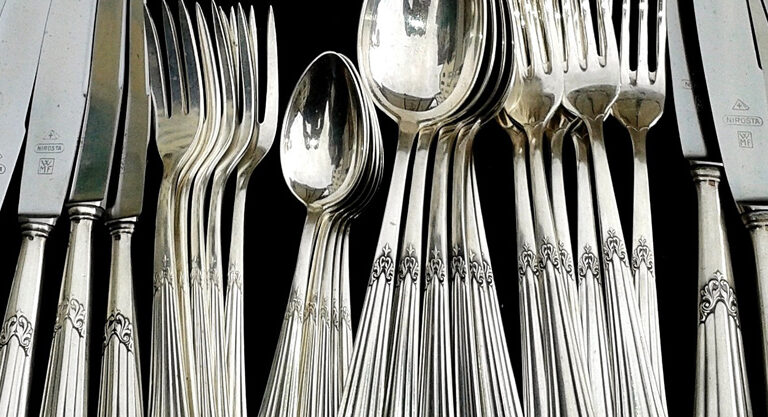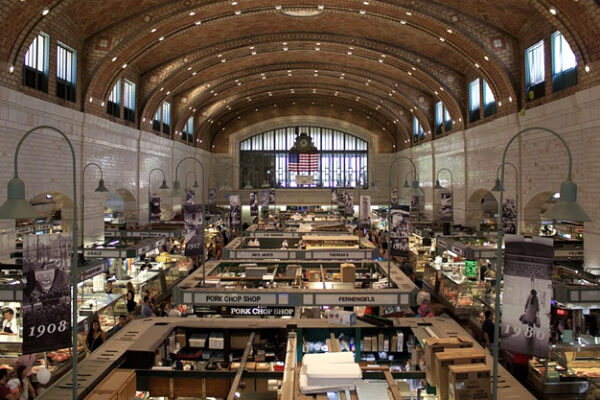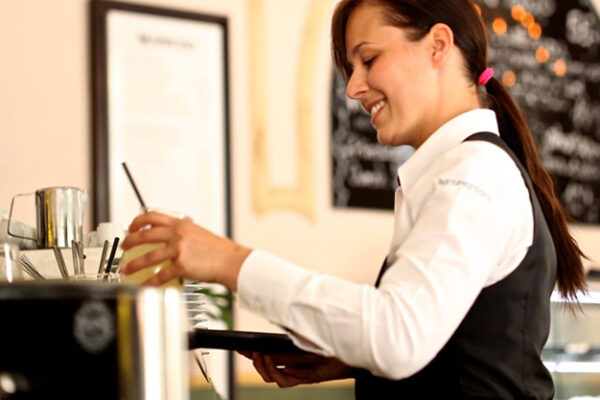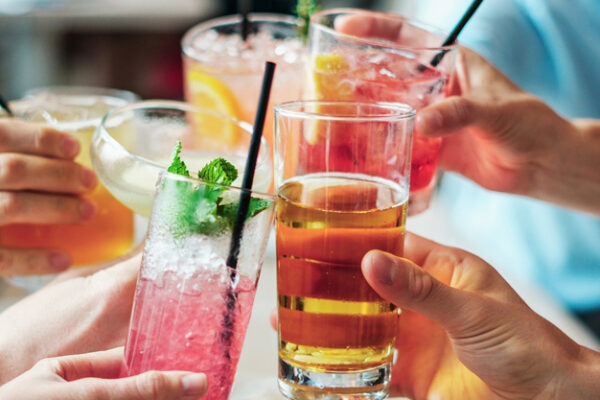Dining etiquette is an essential set of social skills that can make or break a person’s first impression. It encompasses the various behaviors and practices that people should follow while eating, drinking, and conversing with others.
In many cultures, dining etiquette is considered a sign of respect and an indication of one’s social status. Therefore, mastering dining etiquette can help individuals navigate various social settings with ease.
The use of cutlery
One of the essential aspects of dining etiquette is knowing how to use cutlery. Cutlery should be used correctly to avoid any awkward moments at the dining table. The fork should be held in the left hand, and the knife should be held in the right hand. The blade of the knife should be facing inward towards the plate.
The fork should be used to push food onto the spoon or knife. Once the meal is finished, the cutlery should be placed parallel to each other on the plate. This indicates to the waiter that the diner has finished eating.
Napkins
The proper use of napkins is also an essential part of dining. The napkin should be placed on the lap immediately upon sitting down. It should not be used as a handkerchief or tucked into the shirt. If a diner needs to leave the table temporarily, the napkin should be placed on the chair. It must not be left on the table. When the meal is finished, the napkin should be left to the left of the plate.
The right way of eating
The way people eat their food also matters when it comes to dining etiquette. It is essential to chew food quietly and with your mouth closed. Talking while chewing food should be avoided, as it can be considered impolite. Diners should also avoid slurping or making other noises while drinking or eating. While it is acceptable to take small sips of water throughout the meal, excessive drinking should be avoided as it can disrupt the flow of the meal.
Conversations
When dining with others, it is essential to engage in proper conversation etiquette. Diners should be attentive and responsive to the conversation, but avoid interrupting others while they are speaking. They should also avoid discussing controversial topics such as politics or religion.
This can create discomfort or tension among diners. When engaging in a conversation, diners should make eye contact and avoid looking at their phones or other distractions.
Handling of utensils
One of the essential aspects of dining etiquette is the manner in which diners handle their utensils. Cutlery should be held lightly and elegantly, and should not be clanged together or banged on the plate. When using a spoon, it should be held with the handle in the palm of the hand, and not with the fingers.
When ordering food, diners should be courteous and mindful of their server. They should speak clearly and respectfully, and avoid making any unnecessary demands. If a diner has any specific dietary requirements or allergies, they should inform the server in advance to avoid any confusion or discomfort.
In many cultures, the way food is presented and consumed can have significant symbolic meaning. For example, in Japanese culture, it is customary to hold the bowl close to the mouth while eating soup or noodles. In Western cultures, it is customary to place bread on a small plate to the left of the dinner plate, and to butter it with a small knife.
Familiarizing oneself with the cultural nuances of dining etiquette can help individuals to navigate social settings with ease and confidence.





